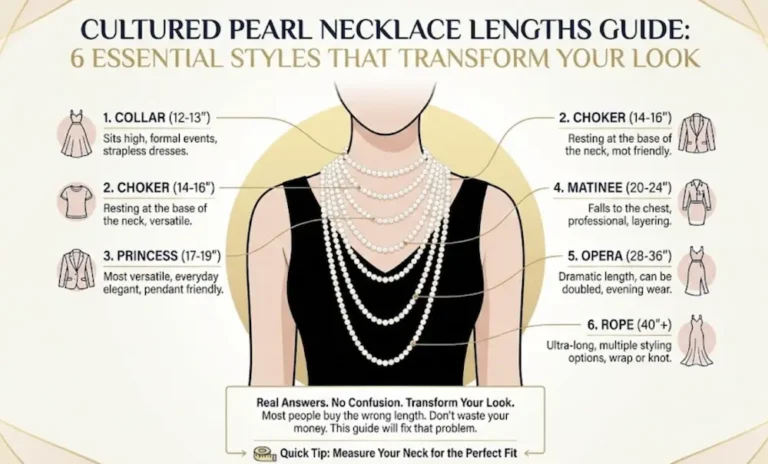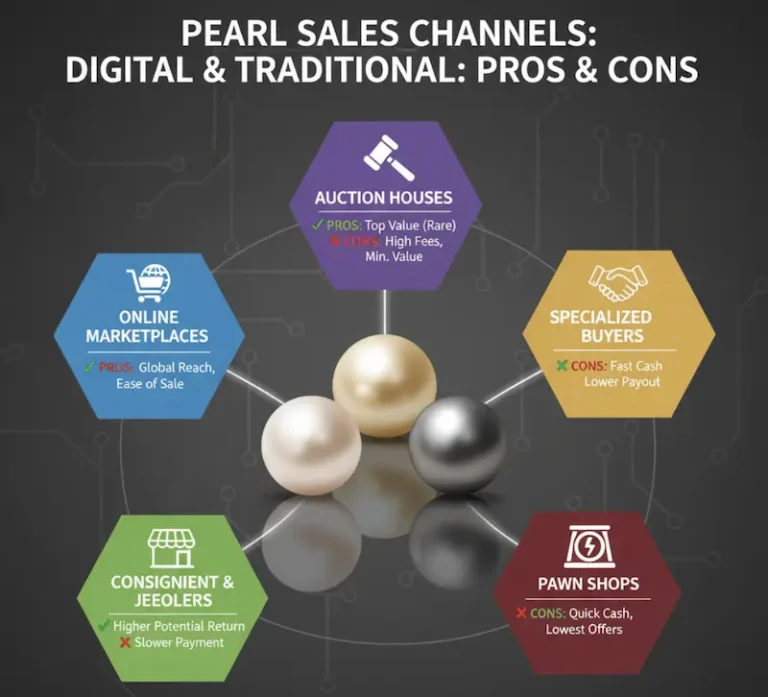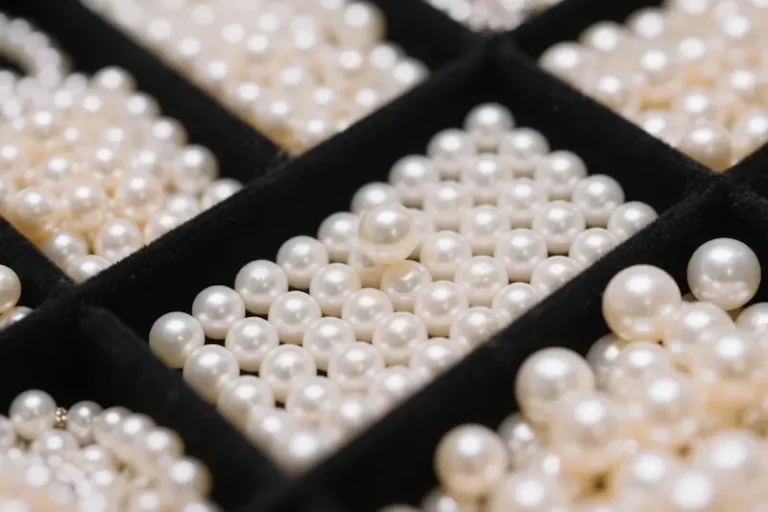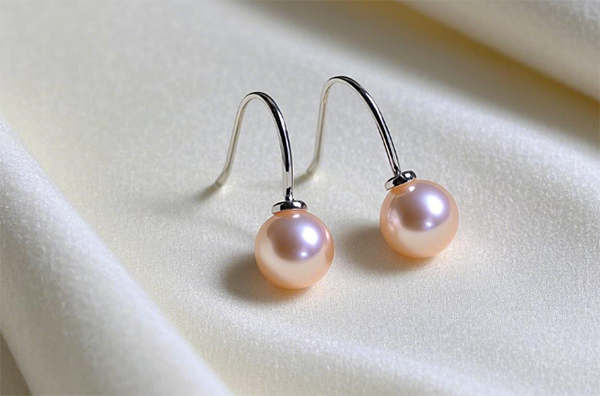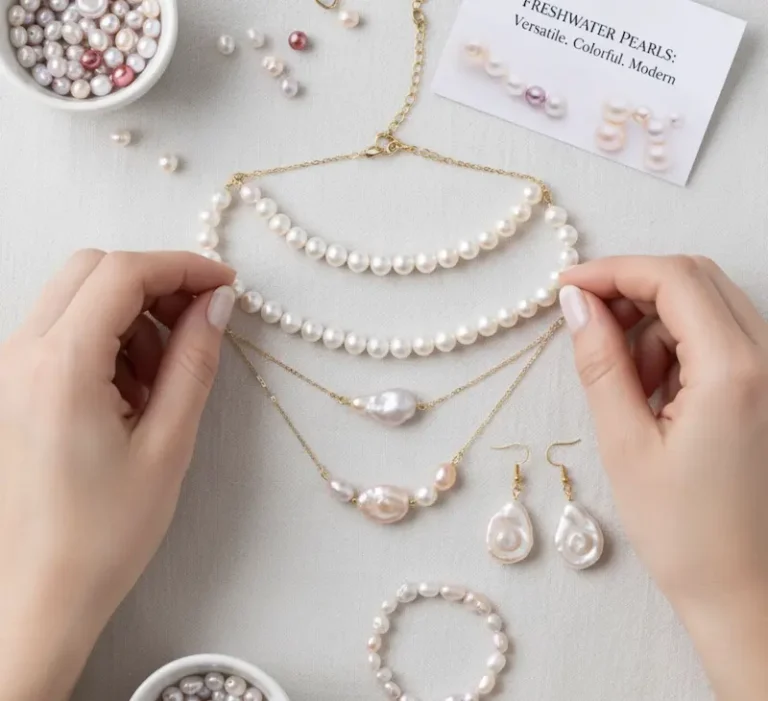The big question that always comes up when you’re looking for pearls is: What Is a Good Pearl? It can be hard to know what to look for in a pearl if you’re buying your first one or adding to a collection. The good news is that once you know what to look for, it will be much easier to find a really beautiful pearl.
The pearl business has changed a lot in the last few decades, and now there are a lot of choices. Each type of pearl, from the classic Akoya to the more exotic Tahitian, to the freshwater pearl, has its own unique qualities that affect how good it is. But there are only a few important things that make a pearl “good,” and we’ll go over them in detail in this guide.
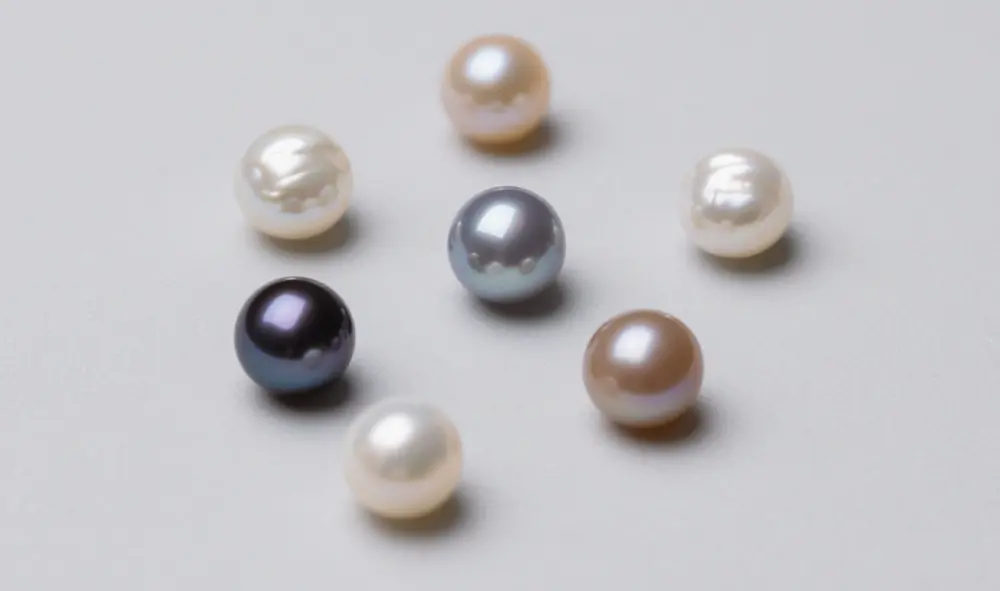
Understanding the 7 Key Quality Factors
What Makes a Pearl Truly Exceptional
When gemologists evaluate what is a good pearl, they use seven specific criteria that have been refined over generations. These factors work together to determine not just the pearl’s beauty, but also its value and longevity.
| Quality Factor | Excellent Grade | Good Grade | Fair Grade |
|---|---|---|---|
| Luster | Mirror-like reflection, sharp and bright | Good reflection with slight haziness | Dull, chalky appearance |
| Surface Quality | 95%+ clean surface | 90%+ clean with minor blemishes | Visible imperfections |
| Shape | Perfectly round or symmetrical | Nearly round with slight variations | Obviously off-round or irregular |
| Size | Varies by type (8mm+ for Akoya) | Medium sizes (6-8mm typical) | Smaller sizes under 6mm |
| Color | Rich, even color with overtones | Pleasant color, minimal overtones | Pale or uneven coloring |
The most important thing? Luster is number one. When you’re trying to figure out what makes a good pearl, start by looking at how light reflects off of it. A really good pearl should act like a tiny mirror – you should be able to see your reflection clearly on its surface. This isn’t just about how shiny it is on the outside; it’s about light going through the layers of the pearl and bouncing back brightly.
Pearl Manufacturer often say that luster makes up about 40% of a pearl’s overall quality grade. That’s because luster is directly connected to the quality of the nacre – those tiny layers of calcium carbonate that give pearls their special shine.
Nacre Thickness: The Foundation of Quality
Here’s something most people don’t know: what makes a pearl good often depends on what you can’t see. The thickness of the nacre is key to how long your pearls will stay beautiful. Think of nacre as the pearl’s protective layer – the thicker it is, the tougher and shinier your pearl will be for years to come.
When it comes to farmed pearls, the standards for nacre thickness depend on the type of pearl. Akoya pearls usually have a nacre thickness of 0.2 mm to 0.5 mm. Tahitian pearls, on the other hand, need to be at least 0.8 mm thick on each side to be allowed out of the country. Freshwater pearls, which are almost entirely nacre, typically range from 1.0 mm to 3.0 mm, so thickness is rarely a concern for them. Therefore, if you’re buying pearls in bulk, it’s a good idea to ask about the nacre thickness to avoid any problems later on.
The Big Four: Types of Cultured Pearls
Akoya Pearls: The Classic Choice
When people imagine the perfect pearl,they often think of Akoya pearls when they picture the perfect pearl. These Japanese saltwater pearls have been the standard for a long time, and there’s a good reason for that. Akoya pearls are known for their consistently round shapes and the amazing, almost mirror-like shine they have. They’re really the gold standard.
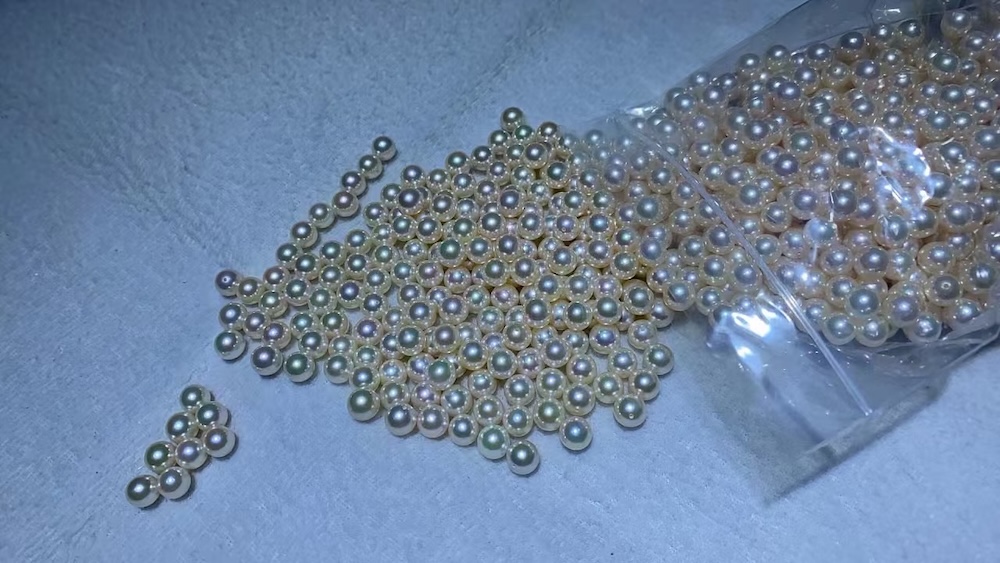
The very best Akoya pearls are called “Hanadama,” which means “flower pearls” in Japanese. These are the absolute best of the best. They go through really strict tests and get certified to make sure they’re top-notch in terms of how shiny they are, how smooth their surface is, and how thick the nacre is.
| Akoya Pearl Characteristics | Specifications |
|---|---|
| Size Range | 2mm – 10mm (most common: 6-8mm) |
| Shape | Primarily round, some baroque available |
| Color | White, cream, silver, rose overtones |
| Luster | Extremely high, mirror-like |
| Price Range | $75 – $10,000+ depending on quality |
South Sea Pearls: The Luxury Option
If you’re wondering what kind of pearl is perfect for a special event, you should definitely consider South Sea pearls. They are like the luxury cars of pearls: bigger, harder to find, and more expensive than other types. South Sea pearls can grow to be very big, sometimes even 20mm or more! They are grown in the clean waters off the coasts of Australia, Indonesia, and the Philippines.
What makes them so special is the type of oyster they come from. The Pinctada maxima oyster creates much thicker layers of nacre, which gives the pearls a beautiful, satiny shine. It’s a more subtle and elegant glow compared to the super-bright shine you see on Akoya pearls.
Tahitian Pearls: The Exotic Beauty
Don’t let the name fool you – while called “Tahitian,” these pearls are actually cultivated throughout French Polynesia. What is a good pearl in the Tahitian category? Look for rich, dark colors with vibrant overtones. The most prized Tahitians display peacock colors – deep green bodies with pink, purple, or gold overtones that seem to dance across the surface.
Freshwater Pearls: The Versatile Choice
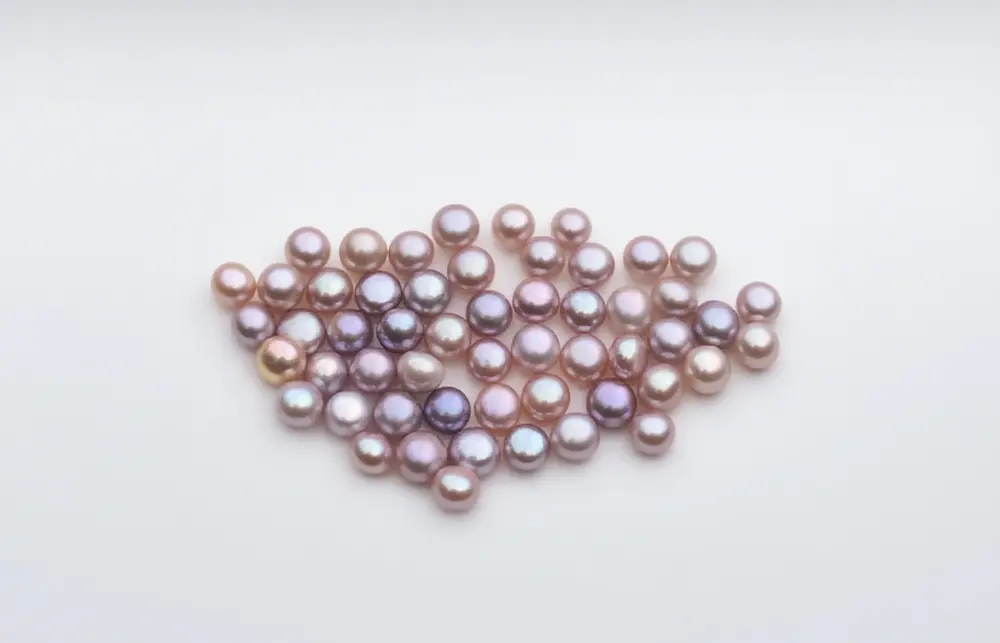
Chinese freshwater pearls have revolutionized what is a good pearl for budget-conscious buyers. Modern freshwater cultivation techniques now produce pearls that rival saltwater varieties in beauty and quality.
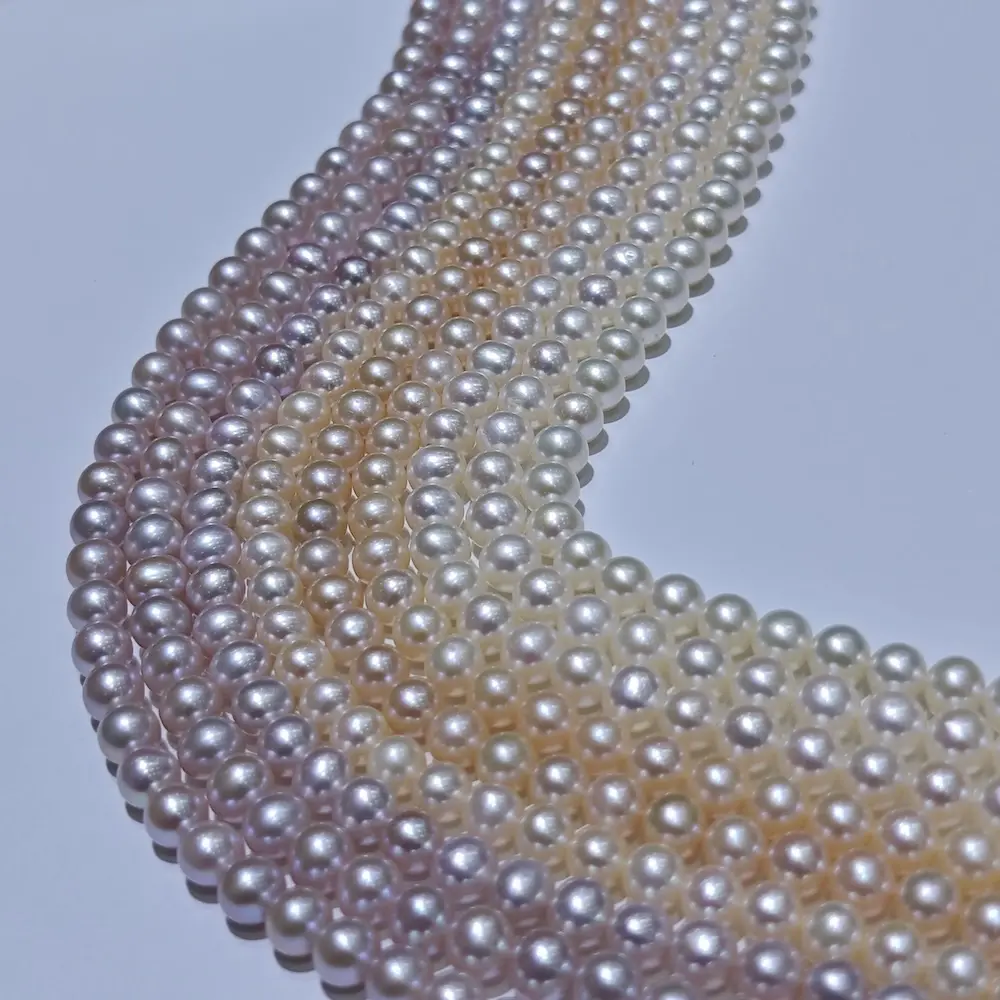
The best part? You can find excellent freshwater pearl strands at a fraction of the cost of their saltwater counterparts.
Evaluating Pearl Quality: A Hands-On Approach
The Touch Test
Here’s a professional tip that many buyers overlook: what is a good pearl often reveals itself through touch. Genuine pearls feel slightly gritty when rubbed gently against your teeth or against each other. This texture comes from the crystalline structure of nacre. Imitation pearls, on the other hand, feel smooth and glassy.
The Reflection Test
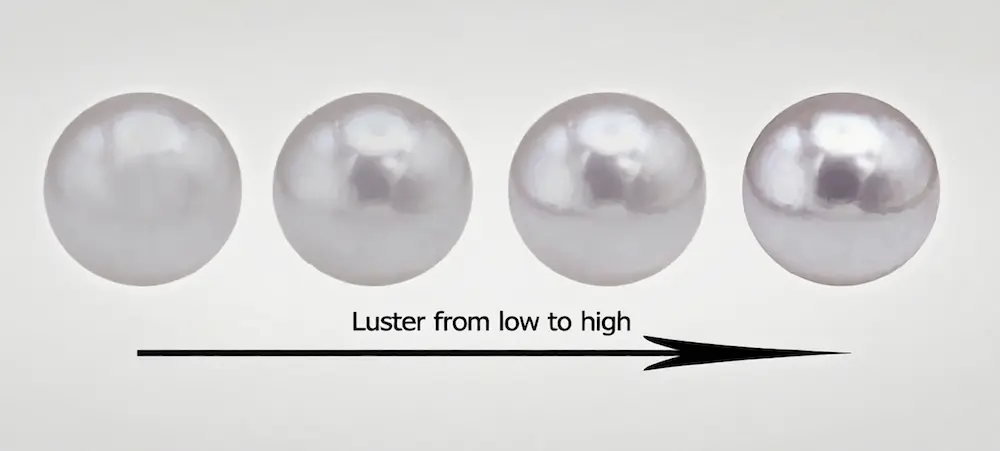
Hold the pearl close to a light source and examine your reflection on its surface. In a high-quality pearl, you should see a sharp, clear reflection of yourself. If the reflection appears fuzzy or distorted, you’re looking at a lower-grade specimen.
The Weight Assessment
Real pearls have substance to them. When you hold what is a good pearl in your palm, it should feel substantial for its size. This weight comes from the dense nacre layers that form the pearl’s structure.
Color and Overtones: Nature’s Artistry
It’s very important to know about color when you’re trying to choose the right pearl. There are two parts to pearl color: the main color, which is the “body color,” and the subtle, secondary colors that seem to shimmer just below the surface. These are called “overtones.”
| Pearl Type | Common Body Colors | Desirable Overtones |
|---|---|---|
| Akoya | White, cream, silver | Rose, pink, green |
| South Sea | White, golden | Pink, champagne, silver |
| Tahitian | Black, gray, green | Peacock, purple, blue |
| Freshwater | White, pink, lavender, peach | Rose, silver, cranberry |
Strong overtones that go well with the body color are often what make the best combinations. For example, a good Akoya pearl might be a white pearl with strong rose overtones that look like they are glowing from the inside.
Shape Categories and Their Appeal
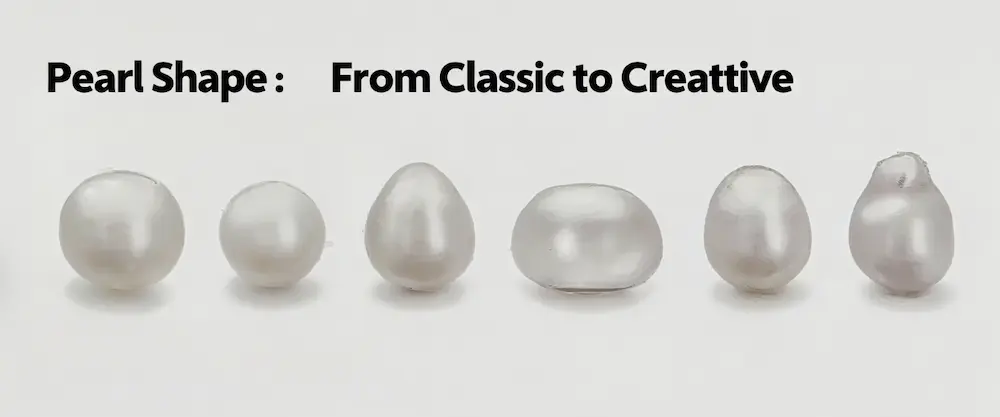
Round: The Holy Grail
Perfectly round pearls are nature’s rarest creation. Less than 5% of all cultured pearls achieve true roundness, which explains their premium pricing. When evaluating What Is a Good Pearl in the round category, look for specimens that maintain their spherical shape from every angle.
Near-Round: The Practical Choice
To the average person, these pearls look perfectly round, but if you look really closely, you’ll see they’re not quite perfect. For a lot of people, “near-round” pearls are a great deal – you get that classic pearl look without the super high price tag.
Baroque: The Artistic Alternative
Don’t think of baroque pearls as being bad! These interestingly shaped pearls can have amazing shine and a one-of-a-kind look that a lot of pearl lovers actually prefer over perfectly round ones. What makes a “good” baroque pearl really comes down to your own personal taste and how much that unique shape adds to the pearl’s overall beauty.
Size Matters: Understanding Pearl Measurements
The size of a pearl really affects how much it costs and how it looks. Pearls are measured in millimeters, and even a small increase in size can mean a big price increase. When you’re looking to understand What Is a Good Pearl, size is important for these reasons:
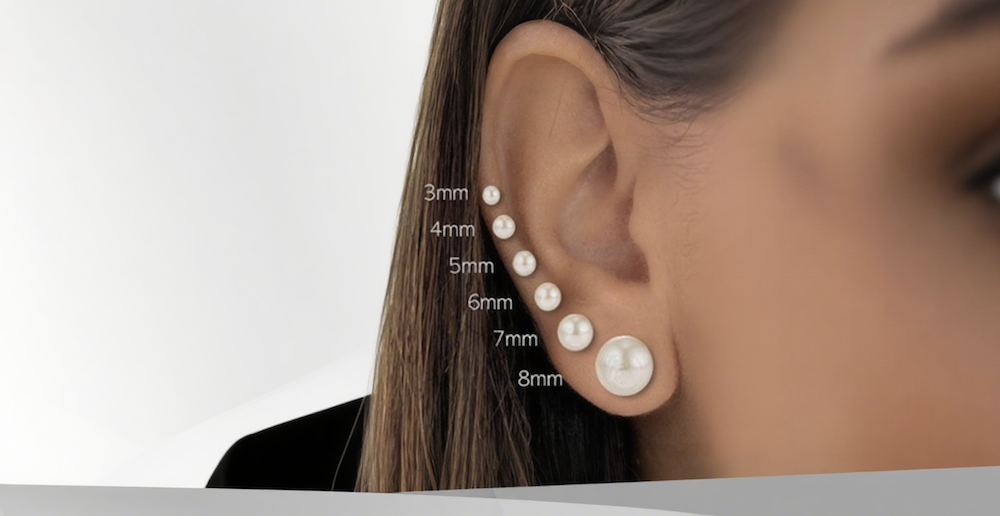
It takes longer for bigger pearls to grow, which makes them harder to find and more expensive. For instance, a 10mm Akoya pearl could cost ten times as much as a 6mm pearl of the same quality, just because it took longer to grow.
But the “best” size for you really depends on what you plan to do with it. Pearls that are 7–8mm long are often a good balance of looking nice and not being too much for everyday wear. If you want to make a statement or look fancy, bigger pearls, like 9–12mm, will have a bigger effect.
Making the Investment: What Is a Good Pearl Worth?
To understand value, you have to think about more than just the initial cost; you also have to think about how happy you will be with it in the long run. What is a good investment in pearls—and, more fundamentally, What Is a Good Pearl? Consider these factors:
Durability: High-quality pearls with thick nacre will maintain their beauty for generations. According to the Gemological Institute of America, proper care can keep fine pearls looking beautiful for decades.
Appreciation Potential: While pearls aren’t typically investment pieces like diamonds, exceptional specimens from renowned sources tend to hold their value better over time.
Versatility: Classic white and cream pearls offer the most styling options, making them practical long-term purchases.
Care and Maintenance: Preserving Your Investment
You need to take care of a pearl properly after you buy it and understand What Is a Good Pearl. Pearls need special care to keep their shine and beauty.
The golden rule? Last on, first off. Apply perfumes, cosmetics, and hair products before putting on your pearls. These chemicals can damage nacre over time, dulling the very luster that makes what is a good pearl so appealing.
After wearing, use a soft, slightly damp cloth to gently wipe your pearls to get rid of body oils and dirt. Keep them away from harder gems so they don’t get scratched, and if you wear them a lot, have them professionally restrung every few years.
Regional Variations and Cultural Significance
Depending on where you are in the world, the answer to “What Is a Good Pearl” can mean different things. People in Japan really like pearls that are perfectly round and have a mirror-like, shiny surface. People in China often like the delicate beauty of freshwater pearls, which come in many colors and shapes. In the West, people usually want pearl necklaces where all the pearls are the same color and quality.
When you’re looking to buy pearls from different countries, it can be very helpful to know what each country likes. You can learn a lot about the quality standards in different areas from the Cultured Pearl Association of America .
The Future of Pearl Quality
As pearl farming gets better and better, what we consider a “good” pearl is always changing, making the question “What Is a Good Pearl” something we continually re-evaluate. Modern pearl farms are now producing pearls that are consistently higher quality than ever before. They’re using new grafting methods, taking better care of the water, and selectively breeding oysters, all of which are raising the bar for the quality of cultured pearls that we can expect to see.
The most exciting changes are happening with freshwater pearl farming. Innovative farmers are producing freshwater pearls that are so good, they’re making people rethink what makes a pearl “high quality.” These top-notch freshwater pearls can now be just as shiny and consistently shaped as saltwater pearls, but they still have that advantage of being more affordable.
Making Your Decision: A Personal Journey
In the end, what is a good pearl is up to you, as long as it meets some basic quality standards. Someone’s style or budget might mean that the “perfect” pearl for them isn’t the right one for someone else. The most important thing is to know the quality factors well enough to make a smart choice that you’ll be happy with for a long time.
When buying pearls, always try to see and handle them in person if you can. Photos just can’t show you the subtle way light plays on a pearl, which is what makes them so beautiful. Go to trusted jewelers, ask them about things like nacre thickness and how the pearls were farmed, and trust your gut feeling about what you find appealing.
Keep in mind that “What Is a Good Pearl” isn’t always the most expensive one. Sometimes, a beautiful strand of freshwater pearls will make you happier than a top-of-the-line Akoya pearl that pushes the limits of your budget. No matter how much it costs or what its technical specs are, the best pearl is the one that makes you happy every time you wear it.
Whether you’re drawn to the classic elegance of Akoya pearls, the exotic feel of Tahitian pearls, or the everyday versatility of freshwater pearls, understanding what makes a good pearl lets you make smart choices. Because, in the end, isn’t a “good” pearl really just one that makes you feel beautiful and confident every time you put it on?

